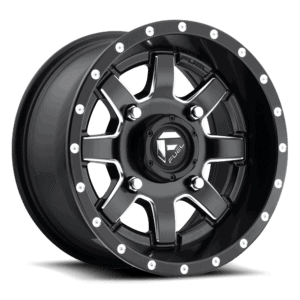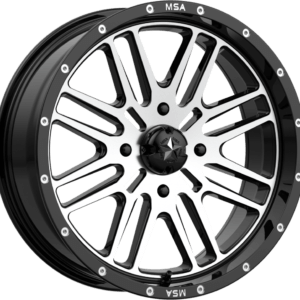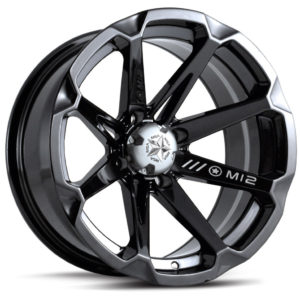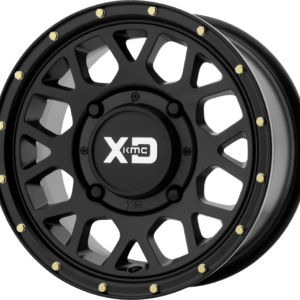WHO IS VALOR OFFROAD?
Valor Offroad is the newest & coolest UTV wheel company to hit the market!
Valor Offroad doesn’t believe they sell wheels, they believe they sell experiences. Snap a photo of your machine climbing that rocky terrain or any of your other riding adventures. No matter where you go, what you do or who you are with, Valor Offroad helps you experience more great memories.
Valour is not focused on creating tens of hundreds of new designs yearly. Instead, they are focused on creating timeless designs that the everyday rider will love. When designing and launching a product, they seek active feedback from riders and focus on what you want.
Dual-Driven Wheel
Valor V02 wheels are the first dual-drilled UTV wheel on the market. A dual-drilled wheel is a wheel with two sets of bolt holes that fits two different bolt patterns.
The V02 Wheels are designed to fit both 4/156 and 4/137 bolt patterns which include Polaris, Can-Am, Kawasaki & John Deere machines.
HOW TO MEASURE WHEEL OFFSET AND HOW DO YOU KNOW WHAT OFFSET IS REQUIRED FOR YOUR MACHINE?
When it comes to upgrading to aftermarket wheels and tires onto your machine, you need to have an understanding of what your goal is. Are you trying to make your tires and wheel stick out from your machine more or less? If you have your tires sucked in, are you going to cause more rubbing in your fenders? Or, if you have your wheels pushed out slightly wider, can your suspension handle the additional stress? These are challenges that you may face, therefore, it’s important to understand your goals when trying to purchase wheels.
MEASURING BACKSPACING
Backspacing is the distance between the hub of the wheel from the backside and the front side. You always read backspacing, as distance from the back of the wheel to the hub, and then from the hub to the front of the wheel. On a conventional 7” wheel, you have a variety of different options 4+3, 5+2, 2+5, 3+4, 3+4. Typically, factory wheels that come on Polaris and Can-Am machines are considered to be a 6+1 offset. Remember: backspacing is always measured in inches. However most wheel manufacturing companies measure offset in millimeters. A positive offset has more wheel behind the hub, and less wheel out. Meaning the wheel will sink more into the machine. A negative offset has less wheel behind the hub, and more wheel out. Meaning when the wheel is mounted, your tires will stick out from your machine.
OEM OFFSET & HOW IT AFFECTS YOU
When shopping for aftermarket wheels it’s important to understand and know what your current wheel offset is. This will help dictate what you can do for wheels on your machine. Measuring inches to mm can be tricky, but provides a strong representation of offset. There are 25.4 mm to an inch. Let’s look at an example to better understand how offsets can affect your machine. Let’s say you have a RZR 1000 that has a 6+1 factory wheel offset. Stock RZR tires sit in the wheel wells well, and don’t stick out. That means there are 6 inches from the back of the wheel to the hub and 1 inch from the hub to the front of the wheel. You might be wondering, I am looking for aftermarket wheels for my machine, so how does a 38mm compared to a 13mm offset affect my RZR? A 38mm offset means the wheel has a positive offset or a positive backspacing. Which means from the hub of the wheel to the center, is a positive value and therefore will sit fairly flush inside your wheel wells. A 13 mm offset is a less positive offset compared to a 38mm. Which means from the hub of the wheel to the center, there is less distance. This will cause the tire to sit further out from the machine and push outside of the wheel wells slightly. (Depending on the type and style of tire you run) The lower the backspacing, the less backspacing in mm, and therefore will push the tires further out from the machine.
FURTHER CLARIFICATION
Still need further clarification on how offset will affect your machine? Give us a call at 1-780-986-8001 and we would be glad to help customize your ride.
























